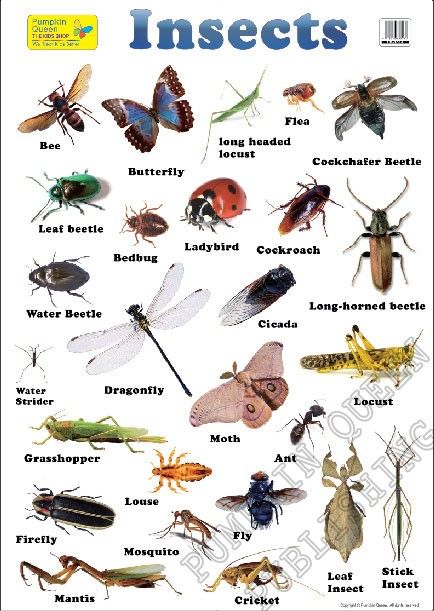COURSE OBJECTIVES:
The objectives of the course are:-
1. To describe the identification characters of insects belonging to different orders.
2. To introduce the insect pests of major crops of Pakistan.
3. To familiarize the students with various control strategies of insects.
COURSE LEARNING OUTCOMES:
Upon successful completion of the course, the student will be able to:
1. CLASSIFY the insects atdifferent hierarchical levels.
2. RECOGNISEthe insect pests of major crops.
3. DESIGNthe pest management plan for insect pests of crops.
COURSE OUTLINE:
1. Introduction
a. Evolutionary history of insects
b. Phylogenetic arrangement of orders and families
2. Classification of insect orders: General account of apterygota
Subclass: Apterygota insect orders
a. Order Collembola
b. Order Diplura
c. Order Zygentoma
d. Order Protura
e. Order: Archaeognatha
3. Subclass: Exopterygota
a. Order Dermaptera
b. Order Dictyoptera
c. Order Embiidina
d. Order Neuroptera
e. Order Strepsiptera
f. Order Mantophasmatodea
g. Order Mecoptera
h. Order Orthoptera
i. Order Phasmatodea
j. Order Phthiraptera
k. Order Plecoptera
l. Order Psocoptera
m. Order Siphonaptera
n. Order Zoraptera
o. Order Megaloptera
p. Order Raphidioptera
q. Order Ephemeroptera
r. Order Odonata
4. Endopterygota insect orders
a. Order Megaloptera
b. Order Hymenoptera
c. Order Coleoptera
d. Order Lepidoptera
e. Order Trichoptera
f. Order Siphonaptera
g. Order Diptera
h. Order Neuroptera
i. Order Mecoptera
j. Order Raphidioptera
k. Order Strepsiptera
5. KNOWLEDGE OF INSECT PESTS OF
a. Rice
b. Cotton
c. Sugarcane
d. Wheat
6. BRIEF ACCOUNT OF DIFFERENT INSECT PEST MANAGEMENT STRATEGIES AS:
a. Cultural Control
b. Physical and Mechanical Control
c. Host Plant Resistance
d. Biological Control
e. Chemical Control
f. Other approaches
PRACTICAL:
1. Field visits for collection of different developmental stages of insects belonging to different orders.
2. Identification and classification of collected specimens.
3. Field visits and report writing of insect fauna of different crops.
4. Field visits for survey of different control strategies being practiced for control of insect pests.
5. Museum visits
TEACHING METHODOLOGY:
· Lecturing
· Written Assignments
· Guest Speaker (If feasible)
· Field Visits
· Museum visits
· Report Writing
ASSESSMENT:
Mid Term (40%)
Theory
· Written (Long Questions, Short Questions, MCQs) 50%
· Presentation 20%
· Assignments 20%
· Quizzes 10% (Theory only)
Final Term (60%)
· Written (Long Questions, Short Questions, MCQs) 50%
· Presentation 20%
· Assignments 20%
· Quizzes 10% (Theory only)
Practical:
1. Written (Long Questions, Short Questions, MCQs, identification etc) 40%
2. Collection of Insects 30%
3. Assignments 20%
4. Report Writing 10%
Text and Reference Books:
1. Atwal, A.S., 2015. Agricultural Pests of Southeast Asia and their Management. Kalyani Publishers, Ludhiana.
2. Ambrose, D.P., 2015. The Insects: Structure Functions and Biodiversity. Kalyani publishers, Ludhiana, India.
3. Chapman, R. F., 2013. The Insects-Structure and Function. 5th Edition. Cambridge University Press, New York.
4. Gullan, P. J. and Cranstan, P. S., 2014. The Insects: An Outline of Entomology. 4th edition. Wiley-Blackwell. A John Wiley & Sons, Ltd., Publication, UK.
5. Pedigo, L.P. and Marlin, E. R. 2009. Entomology and Pest Management, 6th Edition, Person Education Inc., Upper Saddle River, New Jersey 07458, U.S.A.

- Teacher: Azmat Ullah